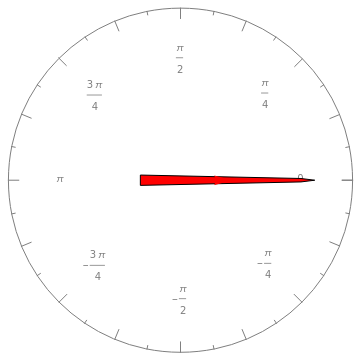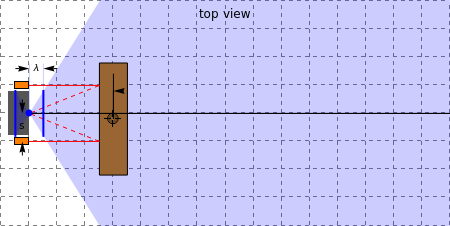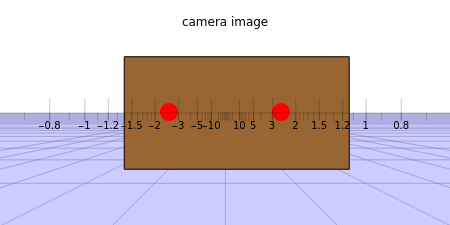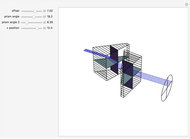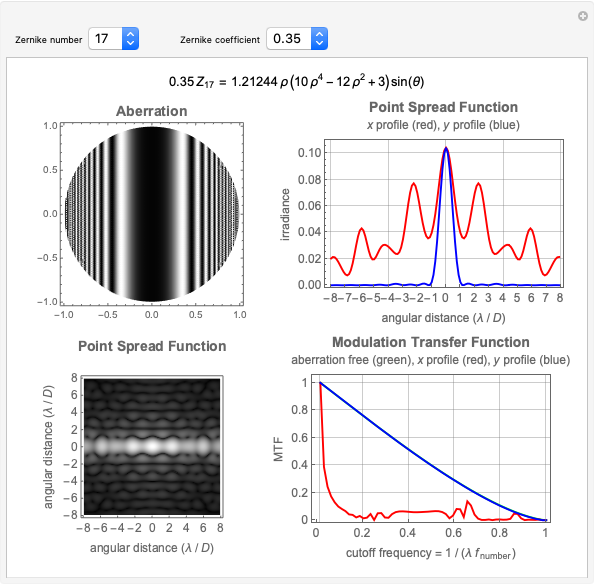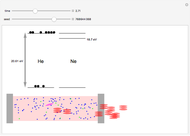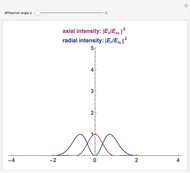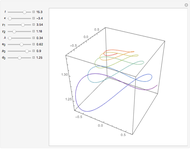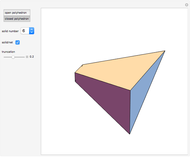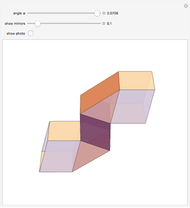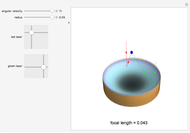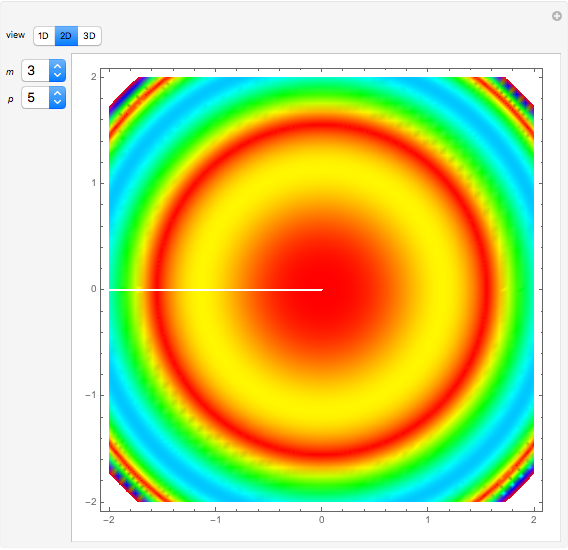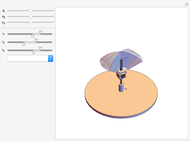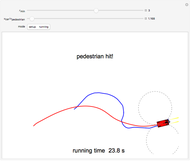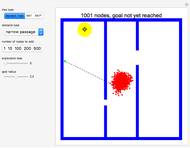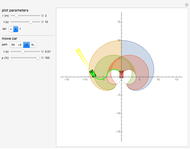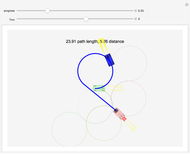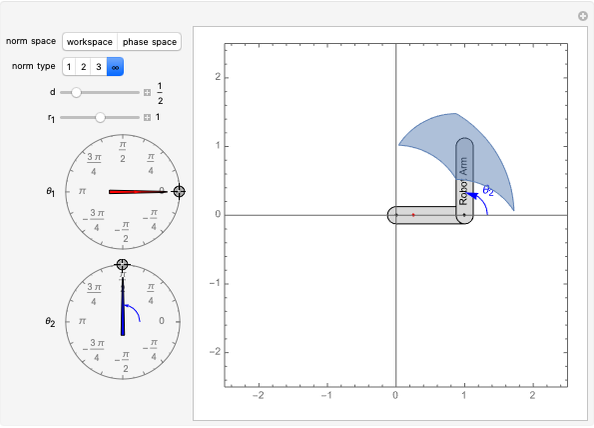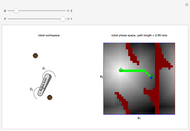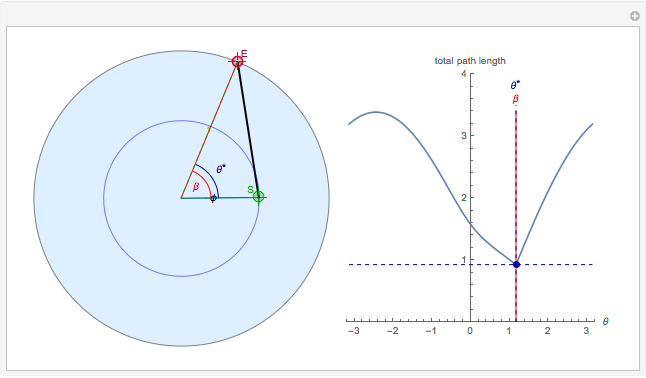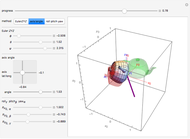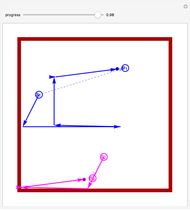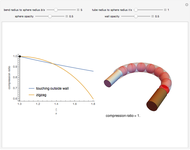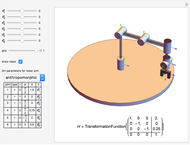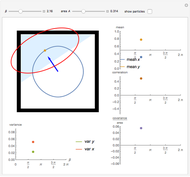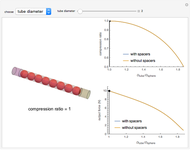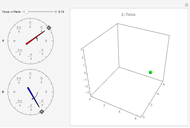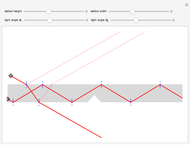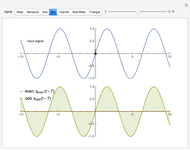Measuring Distance and Orientation Using Camera and Lasers

Requires a Wolfram Notebook System
Interact on desktop, mobile and cloud with the free Wolfram Player or other Wolfram Language products.
Distance to an object can be measured with a single camera and a laser, if the laser position relative to the camera is known. Usually the laser is pointed in the same direction as the camera and mounted a known distance from the camera. By dragging the locator, you can choose the orientation of the brown cuboid and two red lasers mounted  units to the left and right of a camera, which has a focal length
units to the left and right of a camera, which has a focal length  . These lasers can measure the distance to the cuboid, as shown by the reticule on the camera image. The cuboid's angle can be computed from two distance measurements.
. These lasers can measure the distance to the cuboid, as shown by the reticule on the camera image. The cuboid's angle can be computed from two distance measurements.
Contributed by: Shiva Shahrokhi and Aaron T. Becker (June 2016)
Open content licensed under CC BY-NC-SA
Snapshots
Details
In a pinhole camera, light enters the camera through a tiny hole and illuminates the image plane. A pinhole camera has a focal length  , the distance from the pinhole to the image plane. The pinhole is shown with a blue point and the image plane as a blue line. 3D points in the camera's coordinate frame
, the distance from the pinhole to the image plane. The pinhole is shown with a blue point and the image plane as a blue line. 3D points in the camera's coordinate frame  are converted to image plane coordinates
are converted to image plane coordinates  according to the formula:
according to the formula:
 , where
, where  .
.
All lines parallel to the camera frame's  axis terminate at
axis terminate at  at the vanishing point
at the vanishing point  in the image plane.
in the image plane.
Lasers mounted at  and
and  that terminate at
that terminate at  coordinates
coordinates  and
and  have image plane coordinates
have image plane coordinates  and
and  .
.
Thus the distance to objects with image plane coordinates  and
and  gives camera frame coordinates
gives camera frame coordinates  and
and  .
.
If both lasers strike the same object, the angle to the object is computed as  .
.
A camera's reticule (or graticule) is a net of fine lines in the scope. In this case, the reticule is aligned with the vanishing point of the lasers. The readings on the reticule directly measure the distance from the object to the camera.
Permanent Citation
